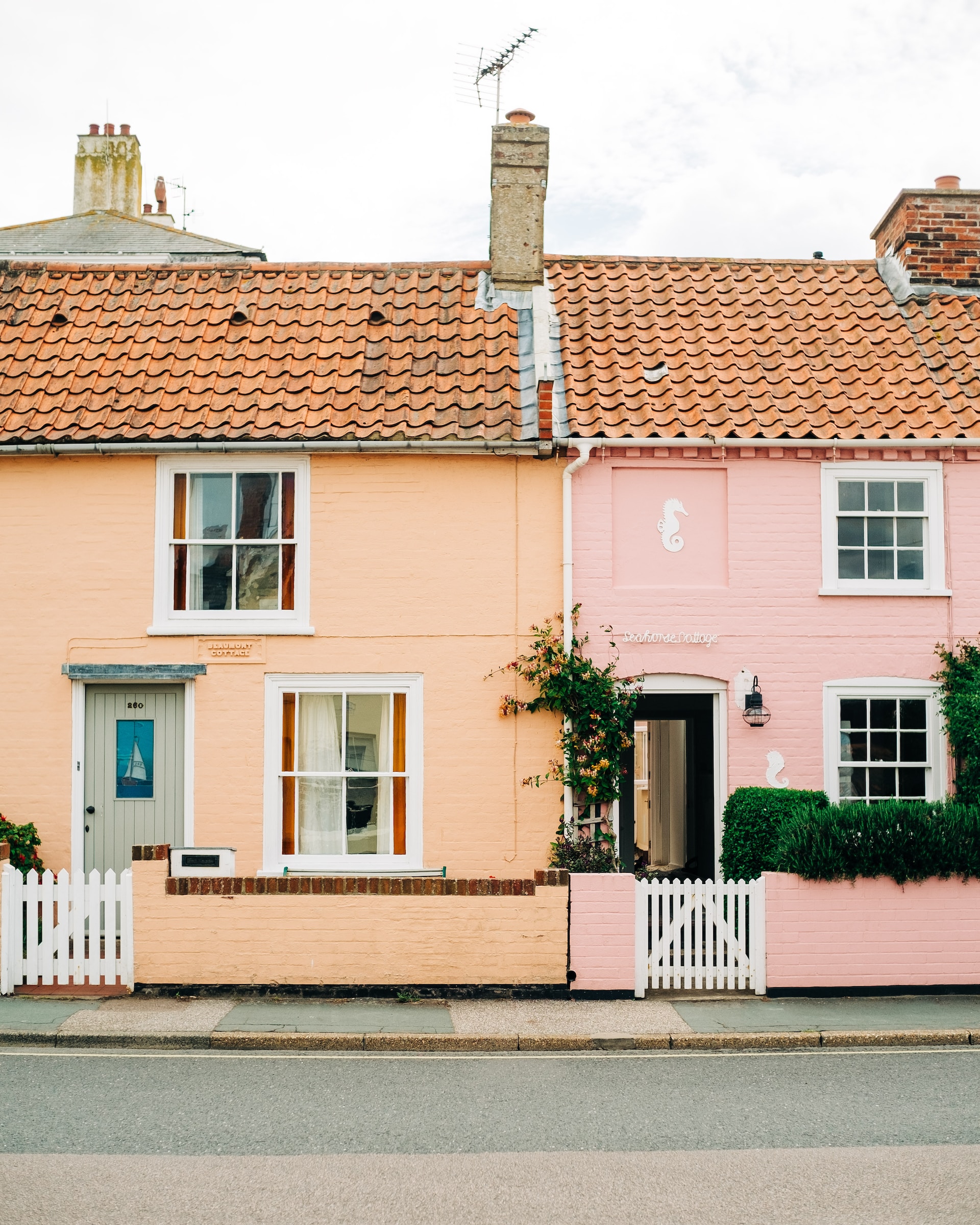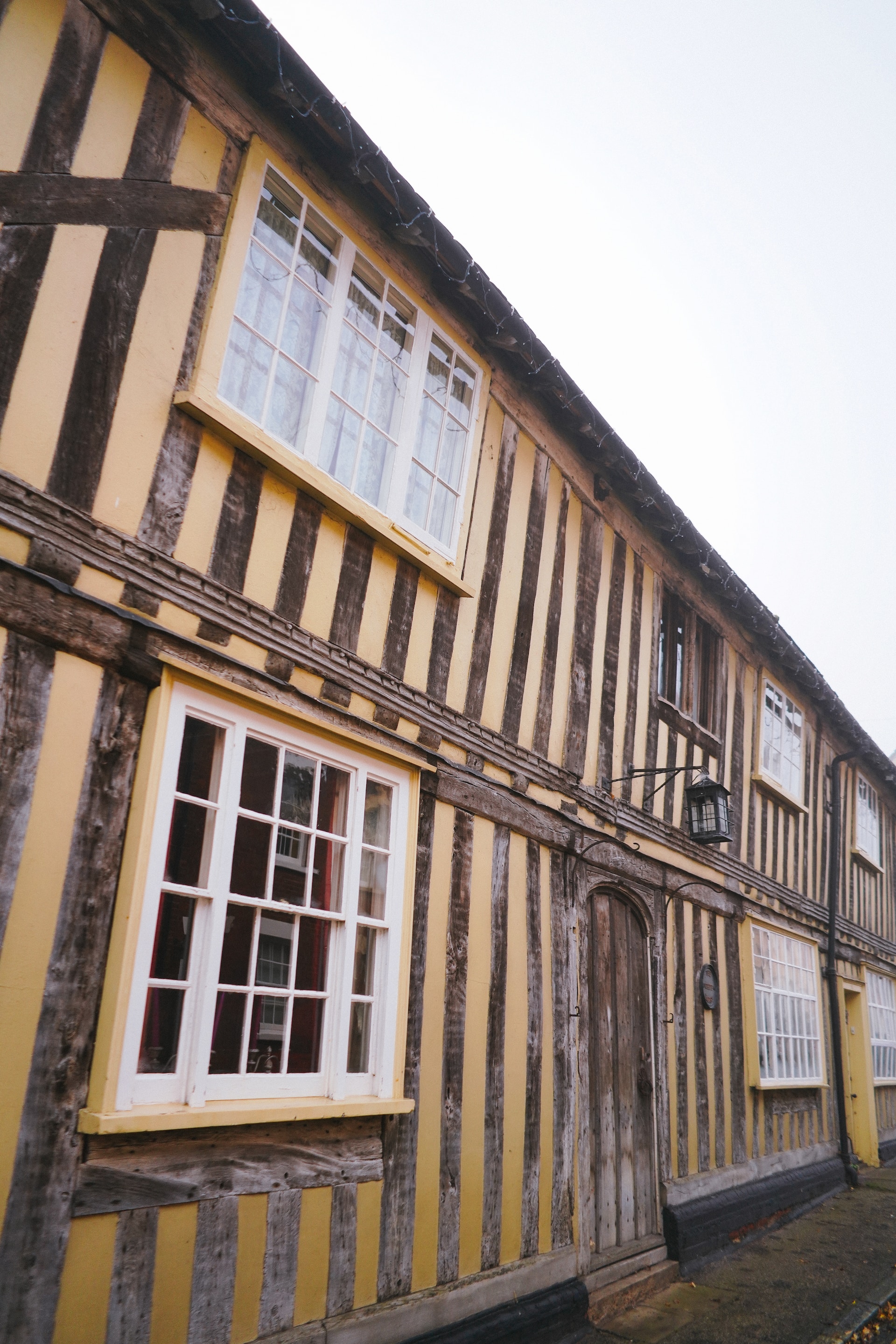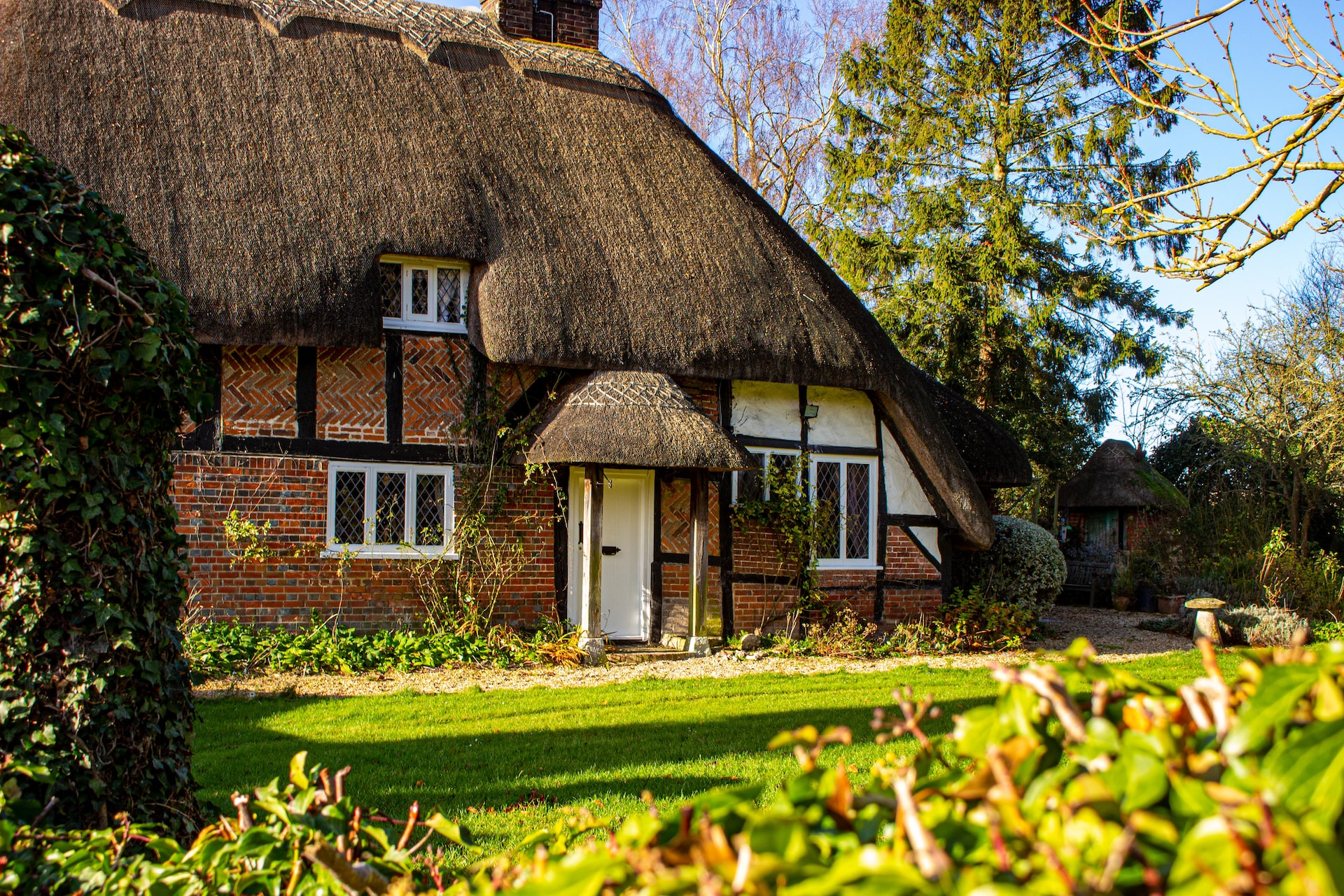Navigating the intricacies of planning permissions and heritage considerations for your wooden windows and doors can be a daunting task.
To help demystify the process, we’ve collected some essential insights into planning applications, heritage property maintenance, and the bespoke joinery services that Falkingham Joinery can offer.
Understanding Your Property's Status
What Makes a Building Listed?
In the UK, a building is listed when it's considered of national importance in terms of architectural or historic interest. The criteria for listing include age, rarity, architectural merit, and sometimes even the role it played in the nation's social or industrial history. Buildings constructed before 1700 generally make the list, as do most built up to 1840, provided they're close to their original condition.
The Importance of Conservation Areas
Conservation areas are designated zones where the character and appearance of the locale are preserved and enhanced. This status means any external changes to your property that could affect the area’s profile require planning permission, maintaining the aesthetic consistency and historical integrity of the neighbourhood.
Identifying Your Property’s Heritage Significance
To confirm if your building is listed or sits within a conservation area, you can consult the National Heritage List for England (NHLE), which provides a detailed catalogue of all designated heritage assets. Local council offices also hold records of conservation areas and can advise on whether specific local development orders, such as Article 4 Directions, apply to your property.
Not all buildings of historical significance are listed; some may be situated in conservation areas or be locally noted for their contribution to the historical fabric of the environment without being nationally listed.
The concepts of a listed building, a conservation area, and historical significance are related but distinct, with different levels of protection and implications for property owners.
We can help you navigate these distinctions and the relevant procedures for managing your property's unique heritage.
Windows and Doors: A Heritage Perspective
The Significance of Wooden Windows and Doors
Wooden windows and doors are more than mere functional elements of a building; they are intrinsic to the character and narrative of historic properties.
For listed buildings and those within conservation areas, any modification or replacement must comply with the Planning (Listed Buildings and Conservation Areas) Act 1990. This act mandates that any work done respects the building's historical significance, including maintaining original joinery details, materials, and fabrication techniques used in the original construction. Such work must often be approved through Listed Building Consent, ensuring any alterations contribute positively to the character and appearance of the historical setting.

Colourful cottages with sliding sash timber windows
Aesthetic and Historical Value of Timber in Architecture
Timber has been the backbone of British architecture for centuries, favoured for its availability, workability, and natural beauty. Each era left its mark on how timber was used in construction, from the ornate, hand-carved doors of Tudor times to the elegant sash windows of Georgian homes.
The patina that develops over time on wood is not just a record of age; it is a testament to the material's longevity and the enduring quality of the original joinery. Preserving these elements is essential, as they represent a tangible connection to the past and contribute significantly to a building's aesthetic appeal and historic value.
For instance, replacements for Georgian sliding sash windows must feature the correct glazing bar profiles, traditional joints, and historic glass where necessary. Similarly, Victorian and Edwardian properties may require distinctive timber frames and stained glass to be meticulously replicated to match existing examples.
Falkingham Joinery has a wealth of experience ensuring that all replacements meet the practical guidelines set out by heritage and conservation policies. Our process includes thorough documentation and liaising with conservation officers to ensure that every detail, from the choice of timber to the finish and fit, upholds the building's character.
When working within conservation areas, we also consider local Article 4 Directions, which may impose additional controls over alterations to safeguard the architectural merit of the area. Our work respects these nuances, resulting in bespoke windows and doors that are not only beautiful but also compliant with the latest standards for historical preservation.

A Tudor building in Lavenham, Sudbury, UK, with a mix of traditional casement and sliding sash wooden windows
Technical Considerations
Material Selection for Authenticity and Durability
When it comes to material selection, Falkingham Joinery places a premium on authenticity and durability. We predominantly use Accoya wood, a high-performance material renowned for its longevity and resilience against rot, which is crucial for the preservation of heritage property aesthetics. Accoya is treated for enhanced durability, making it an ideal choice for replicating historical designs while providing modern-day performance. Our commitment to authenticity extends to using traditional techniques and hardware to ensure that every window and door we produce meets the stringent requirements of heritage conservation while offering a lifespan that justifies the investment.
Double-Glazing and Insulation in Heritage Properties
Navigating the complexities of enhancing thermal efficiency in historic buildings, Falkingham Joinery offers bespoke double-glazing solutions that comply with heritage regulations. Double-glazed units, particularly when fitted into traditional sash and casement windows, need to respect the appearance and character of the original design.
Utilising slimline double glazing, we can significantly improve insulation without compromising on the visual integrity of heritage properties. This delicate balance ensures that our installations respect the building's historical significance while contributing to a more energy-efficient envelope.

A thatched cottage featuring traditional casement windows with diagonal glazing bars and diamond-shape glass panes in rural Hampshire
The Application Process Demystified
Preparing Your Listed Building Consent Application
Embarking on your application for Listed Building Consent begins with detailed preparation. You'll need to provide a precise description of your planned works, supported by "before and after" drawings, and, where possible, photographic evidence. Falkingham Joinery assists in collating comprehensive details that reflect the proposed changes, ensuring all materials, designs, and construction methods are in line with the historical character of your building. We advise on the nuances of local authority requirements to smooth the path for your application's approval.
Understanding the Planning Application Timeline
Typically, the planning application process for minor developments should be decided within eight weeks, while more significant proposals can take up to thirteen weeks. This timeline includes a statutory consultation period, allowing for public comment. Be aware of these time frames when scheduling your project and allow extra time for any unforeseen delays. Falkingham Joinery can help anticipate and mitigate such delays, providing you with a realistic project timeline.
Documentation: What You Will Need
For a smooth application process, you'll require a set of documents: detailed drawings, a site plan, a full description of your proposed works, and a statement of heritage impact. The latter is crucial for illustrating how your project preserves or enhances the building's significance. Falkingham Joinery can produce and procure the necessary documentation, leveraging our experience to present a robust case for your application, aligning with regulatory expectations and historical sensitivity.
Heritage joinery planning FAQ
If you have a question about heritage bespoke joinery that isn't answered here, please get in touch and we'll be happy to help.
How does Falkingham Joinery ensure replacements match the original style?
Can Falkingham Joinery provide double-glazing for my listed property?
Will I need planning permission for replacements made by Falkingham Joinery?
How long will the planning permission and listed building consent process take?
Does Falkingham Joinery work outside of York?
What is Accoya wood, and why does Falkingham Joinery use it?
Dec 4, 2023 3:30:21 PM

